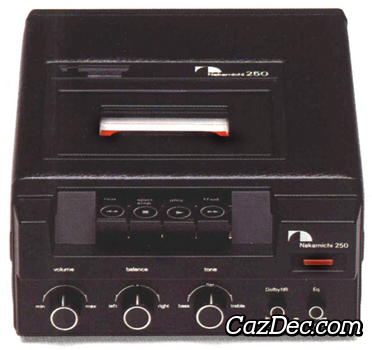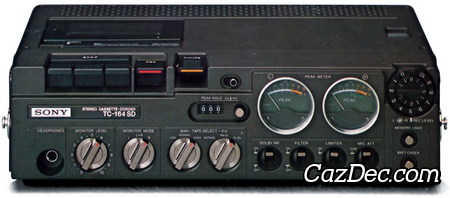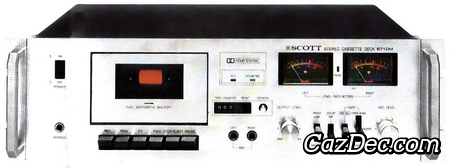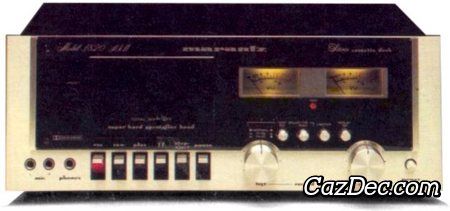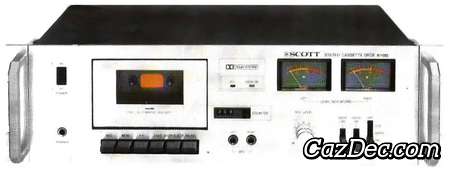
Aurex PC-X66AD Cassette Deck

This product is missing a good quality picture. You can provide a picture taken by you from your own deck, or send us scanned picture of this deck taken from the original manufacturer brochure by clicking this text.

The Aurex PC-X66AD is a stereo cassette deck with Adres noise reduction, it was introduced by Aurex in 1979 and discontinued 2 years later in 1981.
The features of the PC-X66AD include, tape type selection with support for normal and chrome tapes.
Typical front loading cassette deck. Tape eject is operated mechanically and the cassette needs to be placed with the side to be played facing forward in the cassette well.
The Toshiba Adres noise reduction system used in the Aurex PC-X66AD expands the tape playback dynamic-range greatly right across the frequency range reaching an incredible 100dB at 1kHz. Signal-to-noise ratio is improved dramatically: by 30dB at 10kHz eliminating all tape hiss, and 17dB at 100Hz.
For undisturbed listening a jack connector for a pair of stereo headphones is supplied.

Historic events
Features of Aurex PC-X66AD

 Headphones
Headphones
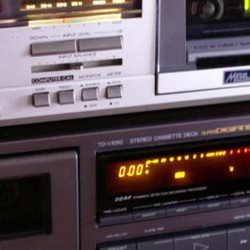
 Front Loading
Front Loading
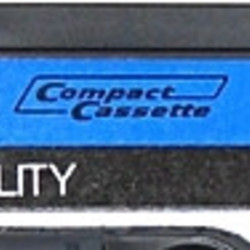
 Stereo
Stereo
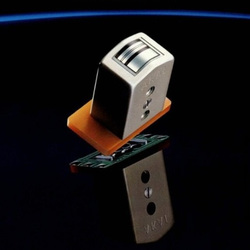
 4 Track / 2 Channel
4 Track / 2 Channel
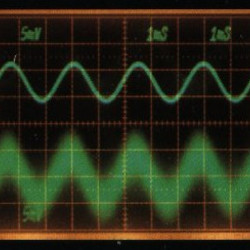
 Adres
Adres
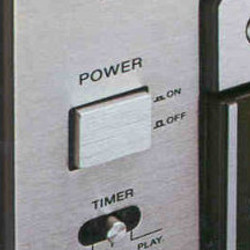
 Alternating Current
Alternating Current
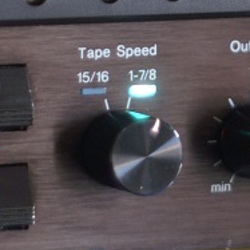
 1⅞ ips - 4.76 cm/s
1⅞ ips - 4.76 cm/s
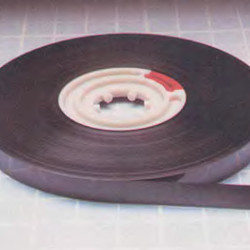
 Normal Tape Capabilıty
Normal Tape Capabilıty
 Chrome Tape Capabilıty
Chrome Tape Capabilıty

 Mechanical Tape Loading
Mechanical Tape Loading
 Auto Shutoff
Auto Shutoff
Similar to Aurex PC-X66AD from the period 1979 - 1981
Notice on copying anything
Copying Aurex PC-X66AD information from this site and use it in your auction or on your website is not allowed. A link to this page for Aurex PC-X66AD is allowed from your website or auction.

